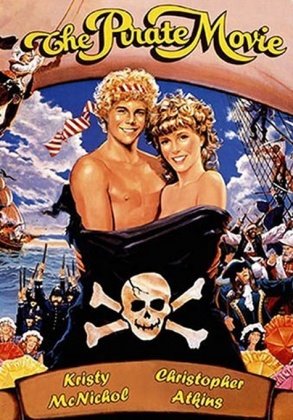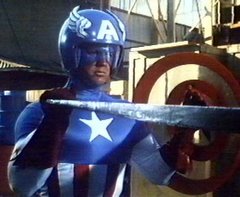
When musician/director Robert Bartleh Cummings (better known to you as Rob Zombie) announced that he was going to remake the granddaddy of slasher films, “Halloween,” the news was hardly embraced by horror enthusiasts.
Of all the films in the original director John Carpenter’s checkered filmography (from peaks such as “The Thing,” and “Escape from New York” to valleys which include “Vampires,” and “Ghosts of Mars”), “Halloween” is considered his zenith.
It was made for less than what most films spend today on getting their stars out of rehab, but on that shoestring budget, Carpenter managed to lace up a legend with Michael Myers, the child killer who grew into a masked embodiment of evil.
He would hack away at horny teens with cold indifference and lurk in the shadows of the sleepy Illinois suburbia known as Haddonfield.
But in the almost 30 years since his first appearance, the horror genre has been demystified, cannibalized, embellished, and, worst yet, mocked and parodied.
But in the almost 30 years since his first appearance, the horror genre has been demystified, cannibalized, embellished, and, worst yet, mocked and parodied.
The franchise itself has been stretched further than Joan Rivers’ face, linking the Myers’ legend to everyone from the Druids to Busta Rhymes (I wish I was kidding about that sentence).
Zombie promised a fresh new take on the genre, and, to his credit, he has been developing as a filmmaker – from his hokey, hackneyed debut “Night of 1,000 Corpses” to his more nuanced, menacing “The Devil’s Rejects.”
Zombie promised a fresh new take on the genre, and, to his credit, he has been developing as a filmmaker – from his hokey, hackneyed debut “Night of 1,000 Corpses” to his more nuanced, menacing “The Devil’s Rejects.”
His “re-imagining” of “Halloween” stops that filmmaking progression – pardon the pun – dead in its tracks.
Zombie’s only update to the cinematic lore is by taping on a sorry backstory so blatantly obvious and tonally shrill that it borders parody.
We meet chubby little Mikey (played by Daeg Fearch , resembling the overweight, dead-eyed brother of Dakota Fanning) as a stringy haired squalor squatter, sharing a dilapidated domicile with his stripper mom (played by Sherry Moon Zombie), his slutty big sis (played by Hannah Hall) and a vile, repugnant stepfather (overplayed by William Forsythe).
After spending just a few minutes with this crew, you almost wish Mikey would get a jumpstart on his latter-day career move so that he can rid the screen of this pestilent posse.
Zombie spends more than 40 minutes with his white-trash clan until Michael takes part in some unspeakable acts and is sent away to an asylum. The title card flashes on the screen to show us Myers 15 years later, still sequestered in the institution, where he has apparently been biding his time taking advantage of the loony bin’s arts and crafts club and its fitness facility. You see, Michael has whittled away the years plastering together paper mache masks and hitting the Bowflex, standing about 7.5 feet tall with shoulders the size of a covered bridge.
He escapes from a quartet of security guards that must have graduated from the “Police Academy” (not the actual academy, mind you, but by watching the Bubba Smith- Steve Guttenberg films) and heads to his old stalking grounds just in time for the holidays.
What follows is a near scene-for-scene do-over, with an ample amount of breasts and blood added.
What follows is a near scene-for-scene do-over, with an ample amount of breasts and blood added.
In the original, even though it may have been for budgetary reasons, much of that was left to an antiquated device moviegoers brought to the theater with them called “imagination.” But, y’know, it’s like totally too hard to text your friend at the same time, so Zombie dutifully spells out every stab for us.
And even though the film, rather hypocritically, promises “No Sequel” at the end of the credits, the loud ring at the registers for the film during Labor Day weekend ($32 million – they like it, hey Mikey!) will undoubtedly bring Myers home yet again.





No comments:
Post a Comment